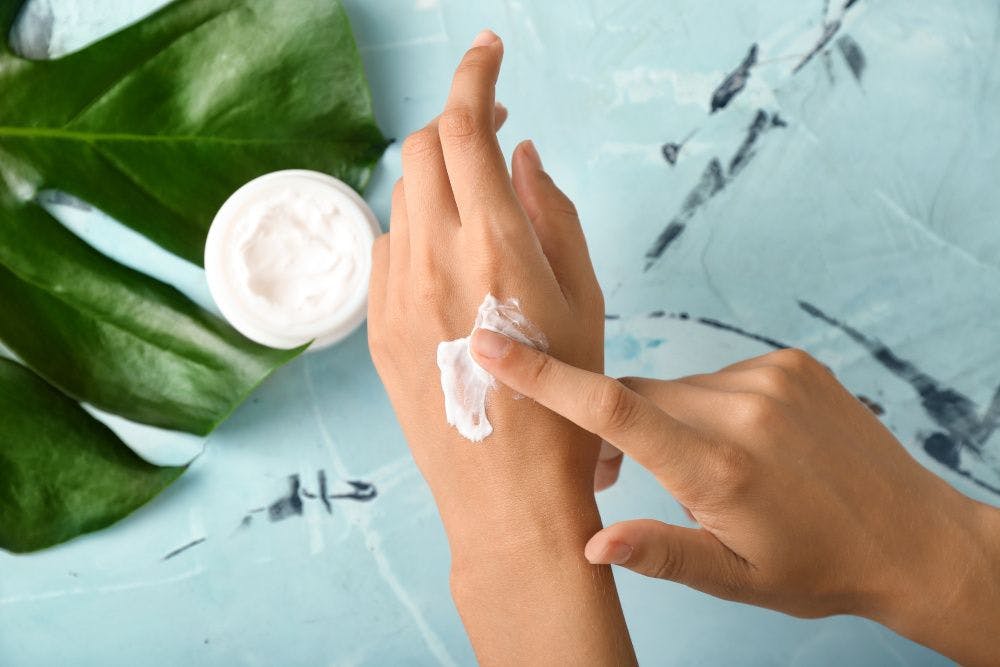Fiber competition in the nutrition bar category
Success in the nutrition bar space requires consistent quality and continued innovation, including with fiber.
Photo credit © Diana Vyshniakova - Stock.adobe.com

As more consumers see the value of incorporating fiber into their diet, and manufacturers realize the utility of fiber ingredients, fiber content claims on finished food and beverage products are bound to continue growing.
Consuming fiber through food and beverages affords a level of convenience absent from traditional dietary supplements, says Rob Brewster, president of Ingredients by Nature (IBN; Montclair, CA). Ease of use, encouraging more likely usage, is important when one considers the lack of fiber consumed in a typical diet. “Most Americans do not get enough fiber in their normal diet, but there is also more awareness of the benefits different fibers can deliver for heart, digestive, and gut health,” Brewster explains.
“The greatest demand for fiber comes primarily from nutritional products, baked foods (including bread, pizza crust, and tortillas), as well as nutritional bars,” says Diana M. Nieto, senior manager, business development, Starch-Based Texturizers U.S./Canada, for Ingredion Inc. (Westchester, IL). For these applications, Nieto recommends resistant starches such as Ingredion’s Novelose 3490, an insoluble fiber derived from tapioca. “Besides the fiber contribution, resistant starches have lower water-holding capacity, allowing formulators to replace wheat while lowering the calories and net carbs and, in certain applications, improving texture.”
For formulating products such as drinkable yogurts, smoothies, and snack bars, Brewster recommends citrus fibers. He says: “Citrus fibers have become more popular over the last couple of years because they improve gelling, thickening, stabilizing, and water-binding capabilities more than other available fibers,” adding that they may also support blood glucose and cardiovascular health in addition to digestive health.
Fiber has also become an important tool for sugar reduction. “Soluble fibers, since they can provide some level of sweetness, provide formulators a way to not only build back texture when reducing sugar but also to help round out the overall sweetness of the formulation,” says Nieto. Ingredion’s Versafibe 285, for example, is a soluble corn fiber that can contribute up to 25% sugar reduction in a wide range of applications.
For its part, Ingredients by Nature supplies a functional fiber called MonkFiber derived from the husks of monk fruit. “The charm of MonkFiber is that in addition to providing a healthy dose of dietary fiber, the ingredient has a sweet profile—100 to 250 [times] sweeter than sugar—and contains zero calories,” says Brewster. “This will help appeal to consumers who do not normally like the taste of their fiber products by improving taste without resorting to sugar.”
Looking Ahead
As demand grows for fiber-rich products, suppliers also want to be able to capture a wider consumer base by accommodating trends such as low FODMAP. Low FODMAP is particularly complementary because of its association with digestive health. For example, Ingredion’s Novelose 3490 is low-FODMAP certified and an easy addition to snack, bakery, and even pasta applications.
“Low FODMAP is a compelling new way for brands to deliver digestive wellness to their consumers and to capture growth in a health and wellness megatrend that’s here to stay, especially given the global pandemic,” explains Ramesh Thiyagarajan, global strategic senior marketing manager, Starch-Based Texturizers, Ingredion. “From Ingredion research, we’ve learned that mainstream consumers currently have minimal awareness of low FODMAP. However, according to the research, once they hear it supports digestive wellness, they then have high purchase interest in products with the ‘low FODMAP’ claim. ‘Low FODMAP’ becomes an immediate shorthand to support an overall digestive wellness. Manufacturers, with minimal investment in educating the consumer, can drive scalable and profitable growth in digestive wellness.”
With their digestive health benefits, certain fibers can also branch off into the burgeoning prebiotic space. “Globally, we are seeing some indication that manufacturers are directionally shifting efforts toward prebiotics. This shift is evidenced by the growth in launches with prebiotic claims since 2018,” says Carolyn Phillips, market insights manager, Ingredion. “Although [new product launches] with fiber claims still overwhelmingly outweigh prebiotic introductions, the former shows a flat growth rate.”
“Prebiotics have a lot of potential, especially as more research is developed. But in association with that research, there needs to be more consumer education about what prebiotics are and do,” adds Brewster.

Prinova acquires Aplinova to further increase its footprint in Latin America
April 7th 2025Prinova has recently announced the acquisition of Brazilian ingredients distributor Aplinova, which is a provider of specialty ingredients for a range of market segments that include food, beverage, supplements, and personal care.

.png&w=3840&q=75)

.png&w=3840&q=75)



.png&w=3840&q=75)



.png&w=3840&q=75)















